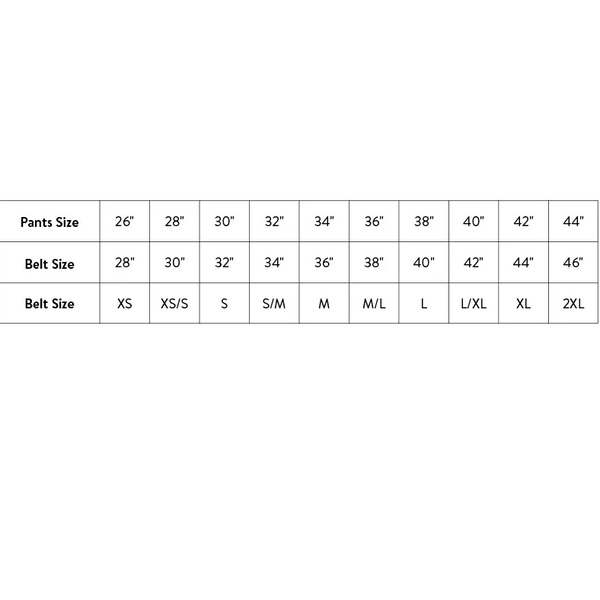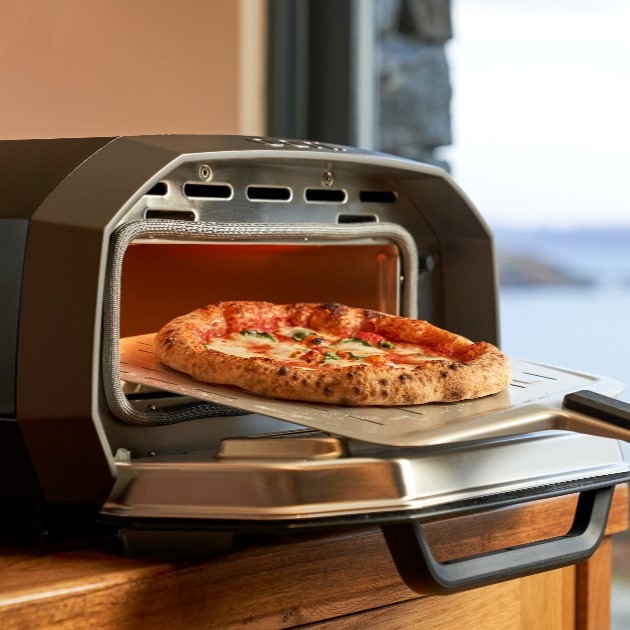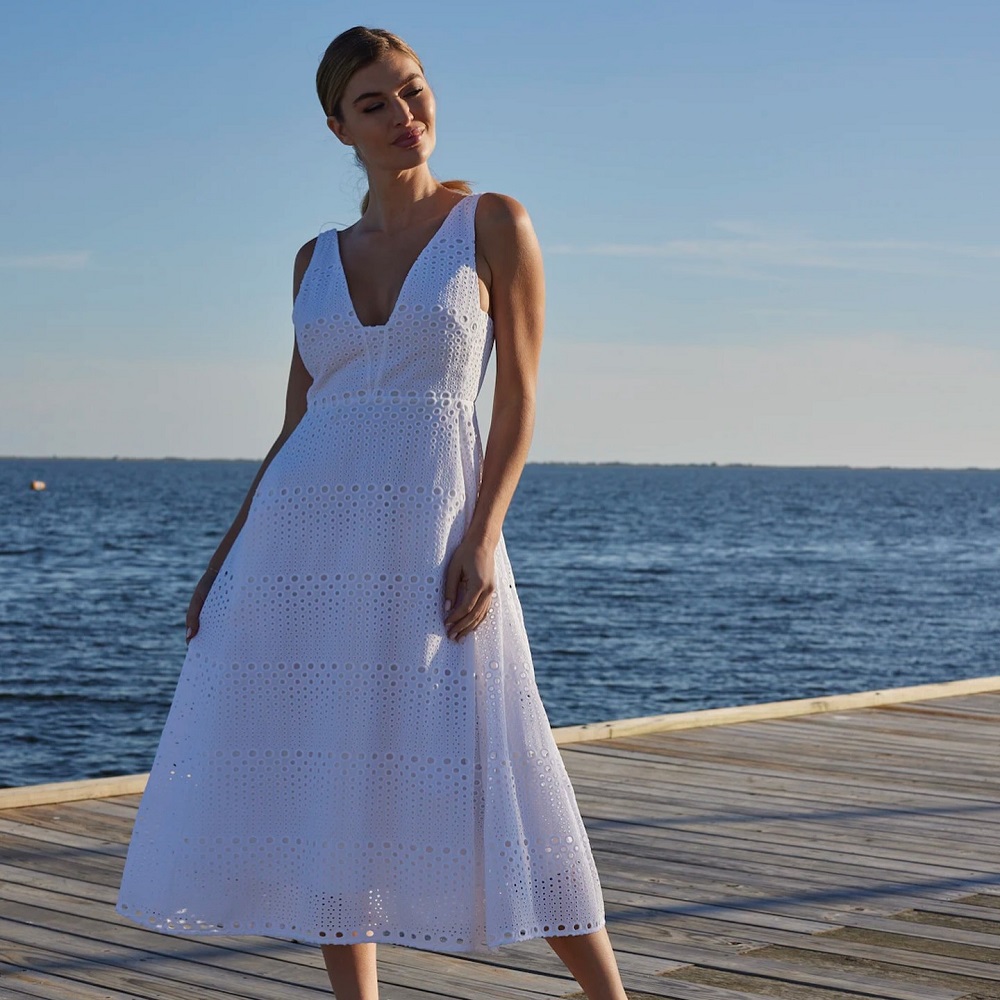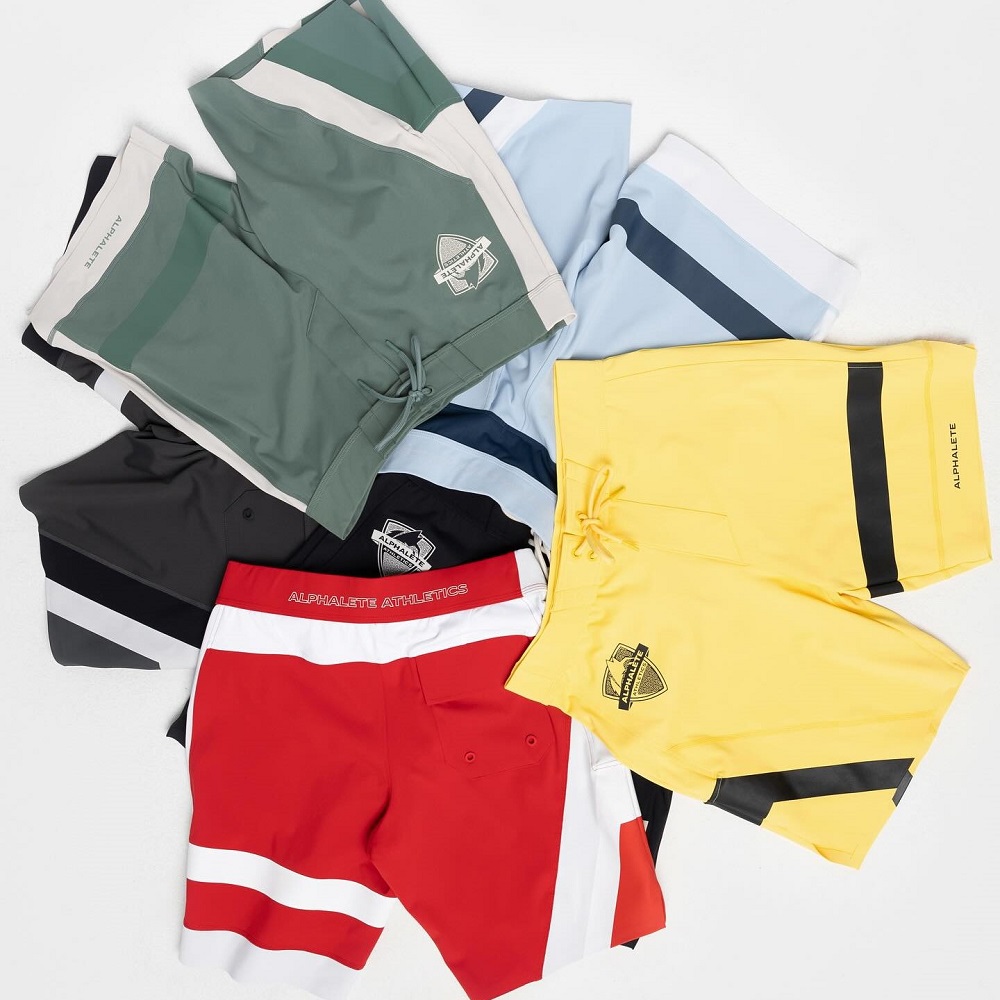Belt Sizing: How to Choose the Right Belt Size for You
Table of Contents
Belt sizing can be a tricky thing, especially if you’re not familiar with how belts are measured. As someone who has struggled with finding the right belt size in the past, I know how frustrating it can be to have a belt that’s too tight or too loose. However, with the right knowledge and tools, determining your belt size can be a breeze.
One of the most common methods for determining belt size is to measure your waist and add a few inches. However, this method isn’t always accurate, as waist size can vary depending on the type of pants you’re wearing. That’s why it’s important to know other methods for measuring your belt size, such as measuring a belt you already own or using a belt sizing chart.
In this article, I’ll be exploring different methods for determining your belt size, as well as providing tips for finding the perfect fit. Whether you’re shopping for a new belt or simply want to make sure you’re wearing the right size, this guide will help you navigate the world of belt sizing with ease.
Why Belt Sizing is Important
As someone who loves fashion, I know how important it is to have the right accessories to complete an outfit. A belt is one accessory that can make a big difference in the overall look of an outfit. However, it is not just about the style of the belt, but also about the proper fit. Wearing a belt that is too big or too small can ruin the look of an outfit and make you feel uncomfortable. That is why belt sizing is so important.
Accurate Measurements
One of the most important aspects of belt sizing is accurate measurements. You cannot simply guess your belt size or go by the size of your pants. You need to take precise measurements to ensure a proper fit. This means measuring your waist or hips, depending on where you plan to wear the belt. You can use a measuring tape to get an accurate measurement or use a belt sizing chart to find the right size based on your measurements.
It is also important to note that different brands may have different sizing charts, so it is always a good idea to double-check the chart for the specific brand you are purchasing from.
Correct Sizing Techniques
Once you have accurate measurements, it is important to use the correct sizing techniques. This means paying attention to the type of belt you are purchasing and where you plan to wear it. For example, a waist belt will have a different sizing than a hip belt. Make sure to follow the sizing chart and select the appropriate size based on your measurements and the type of belt you are buying.
It is also important to consider the material of the belt. Some materials, like leather, may stretch over time, so you may want to consider sizing down if you plan to wear the belt frequently. On the other hand, some materials may not stretch at all, so you may want to size up to ensure a comfortable fit.
Overall, accurate measurements and correct sizing techniques are crucial for finding the perfect belt size. Taking the time to properly size your belt will not only make you look better but also feel more comfortable. So, don’t overlook the importance of belt sizing when putting together your next outfit.
Factors to Consider

When it comes to belt sizing, there are several factors to consider to ensure you get the right fit for your needs. Here are some of the most important elements to keep in mind:
Belt Width
The width of a belt is a crucial factor in determining its suitability for a particular application. In general, wider belts are better suited for heavier loads and higher speeds, while narrower belts are better for lighter loads and lower speeds. It’s important to choose a belt width that matches the requirements of your specific application.
Belt Material
The material of a belt is another important factor to consider. Belts can be made from a variety of materials, including rubber, leather, and synthetic materials. Each material has its own strengths and weaknesses, so it’s important to choose the right material for your application. For example, rubber belts are ideal for applications that require flexibility and durability, while leather belts are better suited for applications that require strength and rigidity.
Belt Type
There are several different types of belts to choose from, including flat belts, V-belts, and timing belts. Each type of belt has its own unique characteristics and is better suited for certain applications. For example, flat belts are ideal for applications that require high-speed operation, while V-belts are better suited for applications that require high torque transmission. Timing belts are ideal for applications that require precise synchronization between components.
By considering these factors, you can ensure that you choose the right belt for your specific application. Keep in mind that it’s always better to choose a belt that is slightly oversized rather than undersized, as an undersized belt can cause slippage and premature wear.
How to Measure Your Belt Size
As someone who has bought many belts over the years, I know how frustrating it can be to order a belt online, only to find out that it doesn’t fit. That’s why it’s important to measure your belt size before making a purchase. Here are some tips to help you get the right size:
Measuring Techniques
There are a few different ways to measure your belt size. One method is to measure around your waist where you normally wear your belt. Make sure to wear pants that fit well and sit at your waist. Use a cloth measuring tape and pull it snug, but not too tight. Round the measurement up to the nearest even number to get your belt size.
Another method is to measure a belt you already own that fits well. Lay the belt flat on a table and measure from the end of the buckle to the hole you use most often. This measurement is your belt size.
Common Mistakes to Avoid
When measuring your belt size, there are a few common mistakes to avoid. One mistake is to measure from the end of the belt, including the buckle. This will give you an inaccurate measurement and result in a belt that is too small.
Another mistake is to order a belt based solely on your pant size. While this can be a good starting point, it’s not always accurate. Different brands and styles of pants can fit differently, so it’s important to measure your waist to get a more precise measurement.
Finally, make sure to measure your belt size while wearing the type of pants you will be wearing with the belt. If you plan on wearing the belt with jeans, for example, make sure to measure your waist while wearing jeans.
Determining the Right Belt Size for Your Body Type
Body Shape
I have learned that the shape of my body is an important factor when determining the right belt size for me. I have a pear-shaped body, which means that my hips are wider than my waist. Therefore, I need to choose a belt that sits comfortably on my hips without slipping down or digging in. On the other hand, if I have an apple-shaped body, where my waist is wider than my hips, I should choose a belt that fits snugly around my waist without being too tight. A wide belt can also help to create the illusion of a more defined waistline.
Height
My height is another factor to consider when choosing the right belt size. If I am tall, I should choose a wider belt to balance out my proportions. A narrow belt can make me look even taller and lanky. If I am short, I should choose a narrower belt to avoid overwhelming my frame. A wide belt can make me look even shorter and stumpy.
Weight
My weight is also an important factor to consider when choosing the right belt size. If I am overweight, I should avoid wearing a belt that is too tight around my waist, as it can create unflattering bulges and make me feel uncomfortable. On the other hand, if I am underweight, I should avoid wearing a belt that is too loose, as it can make me look even thinner and unhealthier. In summary, when determining the right belt size for my body type, I need to consider my body shape, height, and weight. By choosing the right belt size, I can enhance my outfit and feel comfortable and confident all day long.
Conclusion
After researching and analyzing various sources, I have learned that choosing the right belt size is crucial for both comfort and style. It is important to measure your waist accurately and to know the size of your pants to select the right belt size.
Most belts have five holes, and the prong should go in the middle one. The belt should finish between the first and second belt loop of your trousers. If you wear a 34″ trouser, buy a 36″ belt. If your waist size is an odd number, buy a belt three inches larger instead of two.
When it comes to choosing the right belt size, it is also important to consider the width of the belt. The belt width is often determined according to the size of the product conveyed. For proper operation, the pre-tension should be set according to the belt pitch.
Overall, taking the time to measure your waist and select the right belt size can make a big difference in your overall look and comfort. By following these simple guidelines, you can ensure that you are choosing the right belt size every time.








